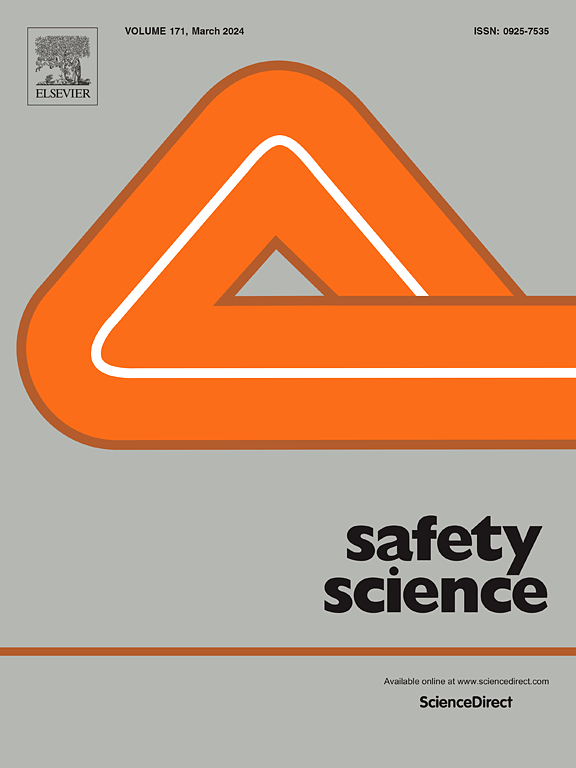"我可能觉得自己更无敌了":披露执法地点的技术对司机行为的影响
IF 4.7
1区 工程技术
Q1 ENGINEERING, INDUSTRIAL
引用次数: 0
摘要
目前有大量技术能够在驾驶过程中通知个人交通执法地点。这种技术有可能会削弱法律威慑力,以防止危险驾驶行为。然而,驾驶者使用这种技术的经验以及这种技术可能干扰对违反道路规则行为的威慑力的轨迹,在很大程度上都是尚未探索的领域。因此,本研究旨在探讨两个研究问题:1)使用什么类型的技术以及如何使用;2)驾驶员使用这种技术如何影响对违反道路规则行为的威慑。共有 58 名昆士兰州持有驾驶执照的司机参加了焦点小组,他们在驾驶过程中使用了告知法律执行情况的技术。为了考虑不同年龄段使用情况的差异,会议分三个不同的年龄组进行:17-25 岁、26-49 岁和 50 岁以上。对数据进行了反思性主题分析,得出了八个公认的主题。研究结果表明,对于大多数驾驶员来说,使用该技术的主要目的是导航,而获得执法地点的通知则是次要目的。此外,对一些人来说,使用该技术是为了鼓励遵守道路规则,而对另一些人来说,使用该技术则是为了避免因违反道路规则而被抓。研究结果具有许多实践和理论意义,表明了用于执法通知的技术、其在阻止违反道路规则方面的作用以及负责任的创新原则之间复杂的相互作用。本文章由计算机程序翻译,如有差异,请以英文原文为准。
“I probably feel slightly more invincible”: The impact of technology that discloses enforcement locations on drivers’ behaviours
There is a plethora of technology currently available that have the ability to notify individuals of traffic enforcement locations while they are driving. This technology has the potential to undermine legal deterrent efforts for preventing risky driving behaviours. However, drivers’ experiences using this technology and the trajectories through which this might interfere with deterrence for road rule violations are largely unexplored areas. As such, the present study aimed to explore two research questions: 1) what type of technology is used and how is it used, and 2) how does drivers’ use of this technology influence deterrence for road rule violations. In total, 58 Queensland licenced drivers who use technology that informs them of legal enforcement while driving participated in focus groups. To consider differences in use between ages, the sessions were conducted in three different age groups: 17–25 years, 26–49 years, and 50+ years. Reflexive thematic analysis was applied to the data, resulting in eight recognised themes. The findings highlighted that for most drivers, the primary purpose of using the technology was for navigation, while being notified of enforcement locations was a secondary purpose. In addition, the use of this technology encouraged road rule compliance for some yet was used as a strategy to avoid being caught for road rule violations for others. The findings have a number of practical and theoretical implications, demonstrating the complex interplay between technology used for enforcement notifications, its role in deterring road rule violations, and the principles of responsible innovation.
求助全文
通过发布文献求助,成功后即可免费获取论文全文。
去求助
来源期刊

Safety Science
管理科学-工程:工业
CiteScore
13.00
自引率
9.80%
发文量
335
审稿时长
53 days
期刊介绍:
Safety Science is multidisciplinary. Its contributors and its audience range from social scientists to engineers. The journal covers the physics and engineering of safety; its social, policy and organizational aspects; the assessment, management and communication of risks; the effectiveness of control and management techniques for safety; standardization, legislation, inspection, insurance, costing aspects, human behavior and safety and the like. Papers addressing the interfaces between technology, people and organizations are especially welcome.
 求助内容:
求助内容: 应助结果提醒方式:
应助结果提醒方式:


